Qualitative Interviews on Factors Influencing the Development of Exercise Prescriptions for Patients with Cardiovascular Diseases Attending Emergency Clinics
DOI: 10.23977/socmhm.2024.050209 | Downloads: 14 | Views: 845
Author(s)
Yan Sun 1, Aiying Li 2, Jin Zhang 1
Affiliation(s)
1 Department of Emergency, Sichuan Academy of Medical Sciences & Sichuan Provincial People's Hospital, Chengdu, Sichuan, 610072, China
2 Jincheng People's Hospital, Jincheng, Shanxi, 048000, China
Corresponding Author
Yan SunABSTRACT
Cardiovascular diseases (CVDs) are the leading cause of death and disability worldwide. Exercise prescription, an important measure for secondary prevention in CVD patients, has been widely implemented in clinical practice. However, patients visiting the emergency department for CVDs often face various challenges and influencing factors when adhering to exercise prescriptions. This study conducted in-depth qualitative interviews with CVD patients visiting the emergency department. The results indicate that the physical activity of CVD patients is significantly influenced by personal traits and experiences, as well as behavior-specific cognitive and emotional factors. These factors include physical health status, psychological-emotional state, previous physical activity experience, self-efficacy, disease cognition, perception of the value of physical activity, peer support, family support, and medical and community support. This paper discusses the impact of these factors on the implementation of exercise prescriptions and proposes corresponding intervention measures to optimize adherence to exercise prescriptions in CVD patients.
KEYWORDS
Cardiovascular Diseases, Exercise Prescription, Qualitative interviewCITE THIS PAPER
Yan Sun, Aiying Li, Jin Zhang, Qualitative Interviews on Factors Influencing the Development of Exercise Prescriptions for Patients with Cardiovascular Diseases Attending Emergency Clinics. Social Medicine and Health Management (2024) Vol. 5: 63-70. DOI: http://dx.doi.org/10.23977/socmhm.2024.050209.
REFERENCES
[1] Vasileiou K, Barnett J, Thorpe S, et al. Characterising and justifying sample size sufficiency in interview-based studies: systematic analysis of qualitative health research over a 15-year period. BMC Med Res Methodol, 2018, 18 (1): 148.
[2] Li Zheng, Liu Yu. Research Methods in Nursing. Beijing: People's Health Publishing House, 2010: 286.
[3] Liu Yun, Wang Yafei, Tian Min, et al. A qualitative study of physical activity experiences of colorectal cancer patients with permanent colostomy. Journal of Nursing, 2022, 37 (03): 25-28.
[4] Andersen RM, Danielsen AK, Vinther A, et al. Patients' experiences of abdominal exercises after stoma surgery: a qualitative study. Disabil Rehabil, 2022, 44 (5): 720-726.
[5] Schultchen D, Reichenberger J, Mittl T, et al. Bidirectional relationship of stress and affect with physical activity and healthy eating. Br J Health Psychol, 2019, 24 (2): 315-333.
[6] Huang Y, Ng OL, Ha ASC. A qualitative exploration of facilitators and barriers to physical activity participation among Chinese retired adults in Hong Kong. Int J Environ Res Public Health, 2022, 19 (6): 3495.
[7] Tremblay MS, Colley RC, Saunders TJ, et al. Physiological and health implications of a sedentary lifestyle. Appl Physiol Nutr Metab, 2010, 35 (6): 725-740.
[8] Penedo FJ, Dahn JR. Exercise and well-being: a review of mental and physical health benefits associated with physical activity. Curr Opin Psychiatry, 2005, 18 (2): 189-193.
[9] GUO Chengcheng, HOU Linlin, ZHU Zhi, et al. A qualitative study of factors influencing physical activity in patients with vascular mild cognitive impairment. Evidence-Based Nursing, 2022, 8 (14): 1936-1940.
[10] Zhang Min, wang Qing, shi Huiling, et al. A qualitative study of factors influencing early activity in patients with acute ischemic stroke. Chinese Journal of Nursing, 2023, 58 (17): 2112-2118.
[11] Dempster M, Howell D, McCorry NK. Illness perceptions and coping in physical health conditions: a meta-analysis. J Psychosom Res, 2015, 79 (6): 506-513.
[12] Scott SE, Breckon JD, Copeland RJ, et al. Determinants and strategies for physical activity maintenance in chronic health conditions: a qualitative study. J Phys Act Health, 2015, 12 (5): 733-740.
[13] Chinopfukutwa VS, Hektner JM. Peer crowd affiliations as predictors of prosocial and risky behaviors among college students. J Am Coll Health, 2022, 70 (4): 1231-1240.
[14] Serrano-Fuentes N, Rogers A, Portillo MC. The influence of social relationships and activities on the health of adults with obesity: a qualitative study. Health Expect, 2022, 25 (4): 1892-1903.
[15] Sanz-Martín D, Ubago-Jiménez JL, Ruiz-Tendero G, et al. Moderate-vigorous physical activity, family support, peer support, and screen time: an explanatory model. Int J Environ Res Public Health, 2022, 19 (23): 16177.
| Downloads: | 2886 |
|---|---|
| Visits: | 161375 |
Sponsors, Associates, and Links
-
Information Systems and Economics
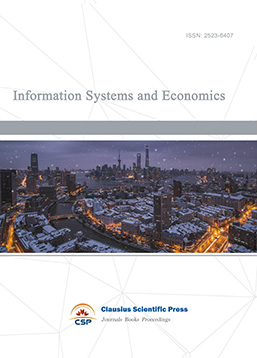
-
Accounting, Auditing and Finance
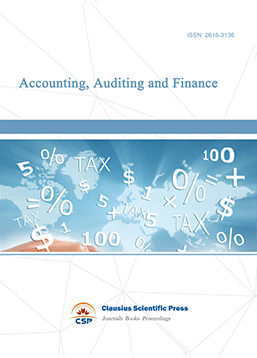
-
Industrial Engineering and Innovation Management

-
Tourism Management and Technology Economy

-
Journal of Computational and Financial Econometrics
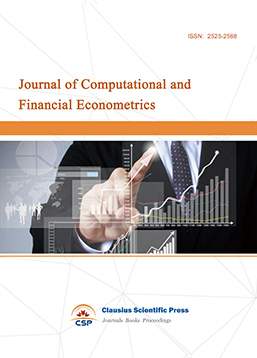
-
Financial Engineering and Risk Management
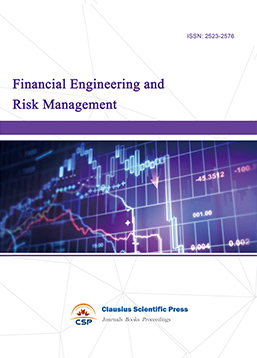
-
Accounting and Corporate Management
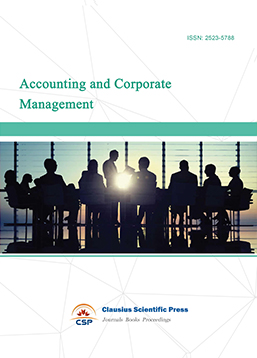
-
Social Security and Administration Management
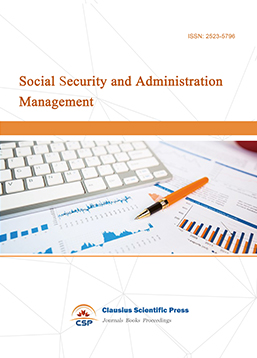
-
Population, Resources & Environmental Economics
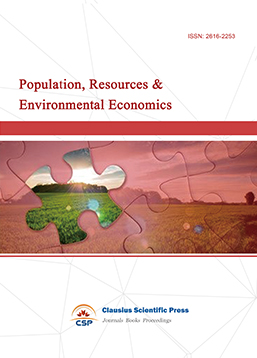
-
Statistics & Quantitative Economics
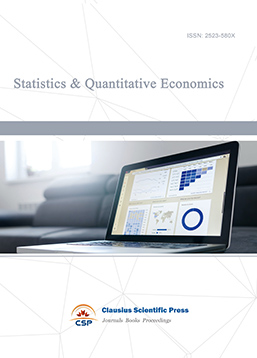
-
Agricultural & Forestry Economics and Management

-
Land Resource Management
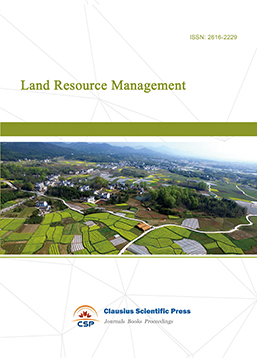
-
Information, Library and Archival Science
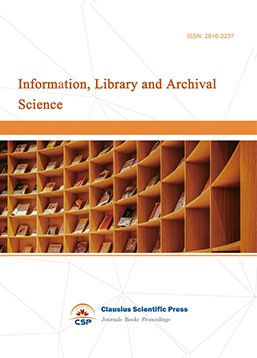
-
Journal of Human Resource Development
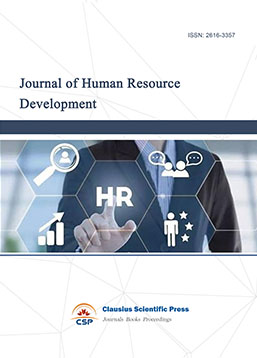
-
Manufacturing and Service Operations Management

-
Operational Research and Cybernetics
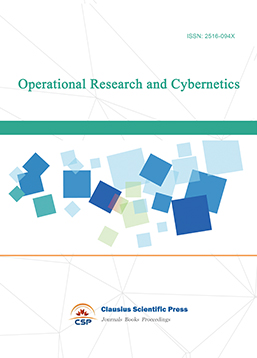

 Download as PDF
Download as PDF